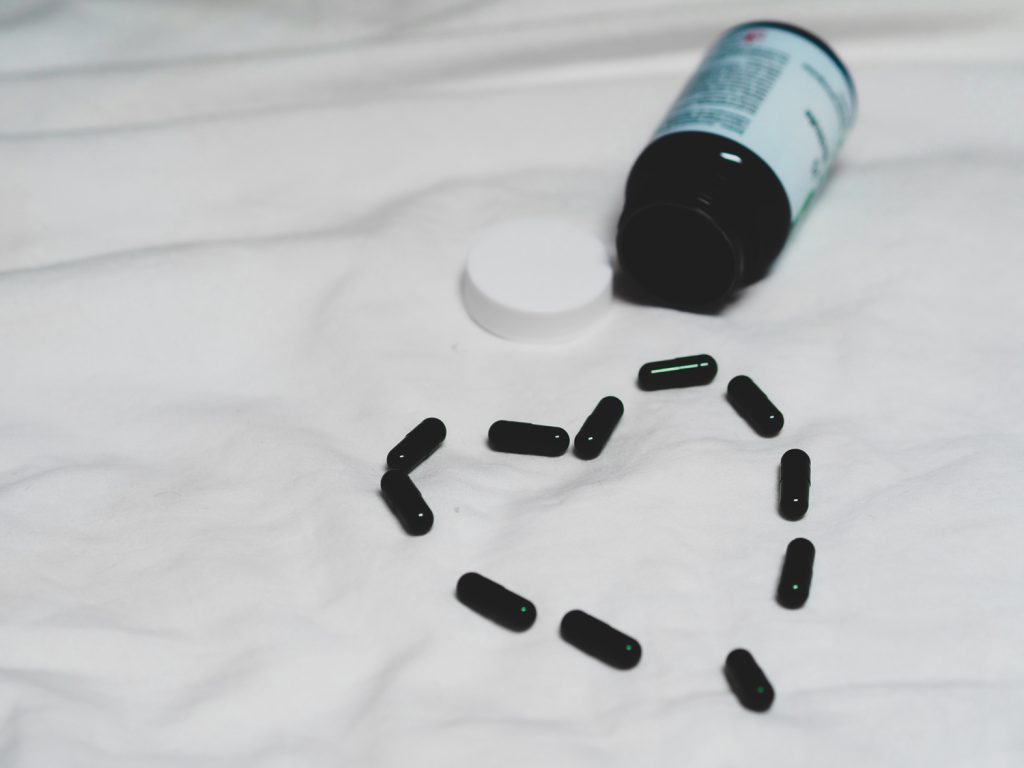(NIH) — A first-in-human clinical trial of an experimental oral drug for removing radioactive contaminants from inside the body has begun. The trial is testing the safety, tolerability and processing in the body of escalating doses of the investigational drug product HOPO 14-1 in healthy adults. The National Institute of Allergy and Infectious Diseases (NIAID), part of the National Institutes of Health, is funding the Phase 1 trial, which is sponsored and conducted by SRI International of Menlo Park, California.
Internal radioactive contamination occurs when radioactive elements are absorbed through wounded skin, inhaled or ingested. This could happen as the result of a nuclear power plant accident or the detonation of a “dirty bomb” nuclear weapon. As the atoms of radioactive elements decay, they emit ionizing radiation, which can damage DNA, tissues and organs. One method for reducing the risk of this damage is to remove the radioactive elements from the body as soon as possible after contamination occurs.
The Food and Drug Administration has approved two products for removing internal radioactive contamination. These drugs, both based on diethylenetriamine pentaacetate (DTPA), are administered intravenously by a healthcare provider and can remove three radioactive elements: plutonium, americium, and curium.

In contrast, HOPO 14-1 has been formulated as an oral capsule, which would be easier than an intravenous drug to stockpile and to deploy and administer during an emergency. Preclinical research has shown that HOPO 14-1 can effectively remove many radioactive contaminants, including uranium and neptunium in addition to plutonium, americium and curium. These studies also have found that HOPO 14-1 is up to 100 times more effective than DTPA at binding and removing these radioactive elements.
NIAID has funded the discovery and development of HOPO 14-1 since 2006. The active pharmaceutical ingredient in the drug is called 3,4,3-LI(1,2-HOPO).
The Centers for Disease control explains, the walls of your home can block a great deal of harmful radiation. Because radioactive materials become weaker over time, sheltering in place or staying indoors for at least 24 hours can provide significant protection. During this time, fans, air conditioners, and forced-air heating that would bring in air from the outside should be turned off, and doors, windows, or vents should be temporarily sealed with duct tape or plastic when radiation is nearby. To avoid suffocation, after three hours, vents should be unsealed and room should be ventilated. Removal of clothes exposed to radiation can also prevent up to 90% of contamination, they report.
The trial is taking place at a site in Plymouth, Michigan, under the leadership of Sascha N. Goonewardena, M.D., a physician investigator at SRI’s Clinical Trials Unit and an assistant professor of medicine at the University of Michigan Medical School in Ann Arbor. The study team will enroll 42 healthy participants ages 18 to 65 years in seven groups of six. Each participant in the first group will receive a 100-milligram (mg) dose of HOPO 14-1. The subsequent groups will receive increasingly higher doses of the study drug up to 7500 mg in the final group, if lower doses are deemed safe. Participants will undergo intensive safety monitoring and will be followed for 14 days to measure the absorption, distribution and elimination of the study drug. Results are expected in 2024.
Additional information about the trial is available in ClinicalTrials.gov under study identifier NCT05628961. Andrea DiCarlo-Cohen, Ph.D., director of the Radiation and Nuclear Countermeasures Program in the NIAID Division of Allergy, Immunology and Transplantation, is available to respond to media inquiries about the trial.
NIAID conducts and supports research—at NIH, throughout the United States, and worldwide—to study the causes of infectious and immune-mediated diseases, and to develop better means of preventing, diagnosing and treating these illnesses. News releases, fact sheets and other NIAID-related materials are available on the NIAID website.




